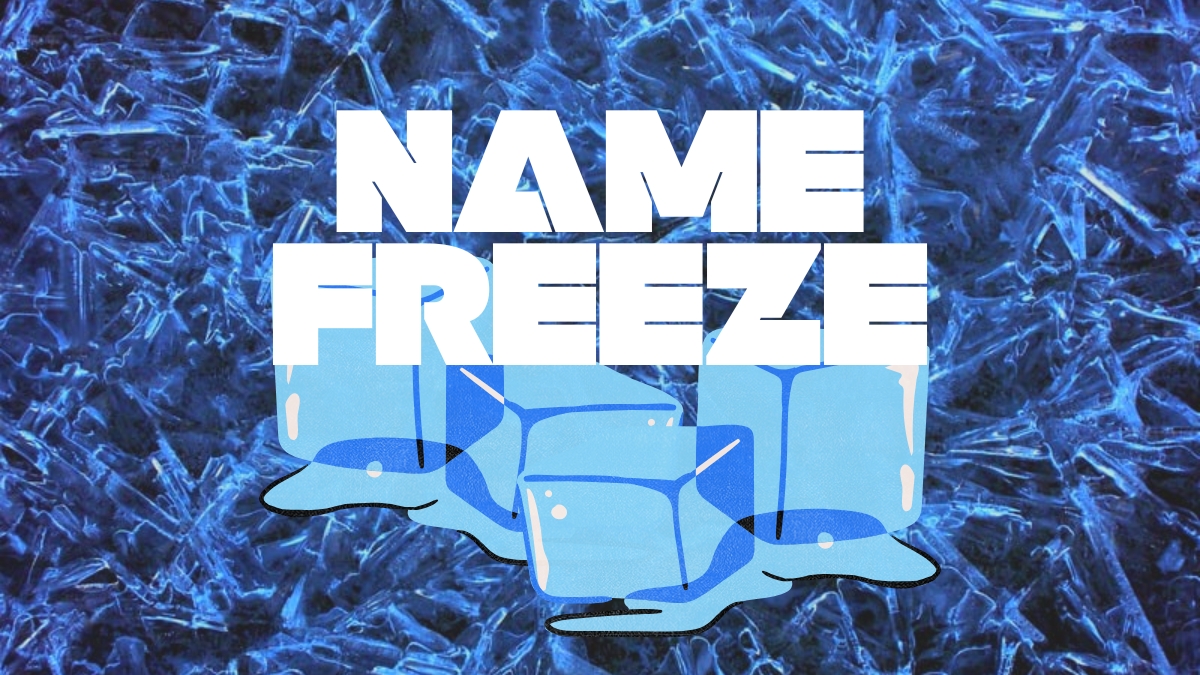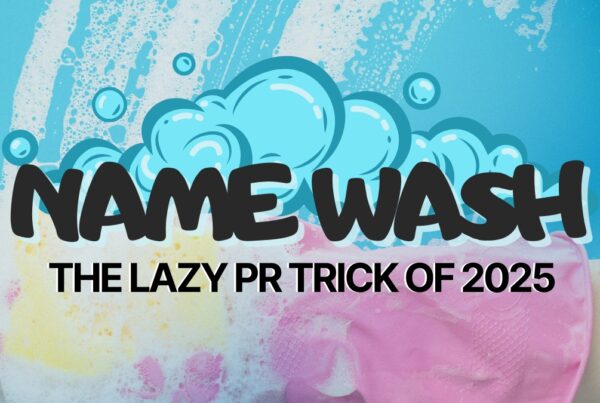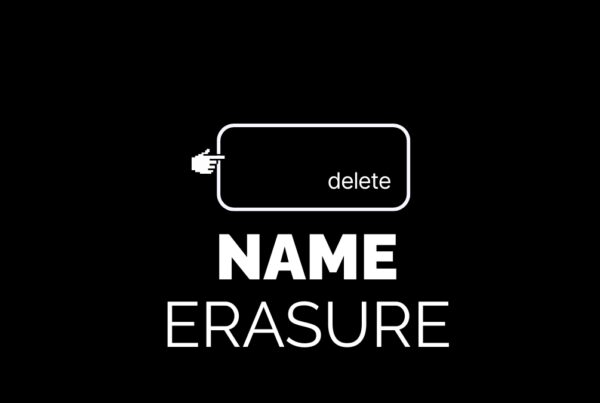Governments and Institutions Struggling to Regulate AI-Generated Brand and Company Names
When Innovation Surpasses the Law
There is a strange naming problem taking place all over the planet. AI techniques are being used by startups, artists, and even small firms to identify their brands, goods, and businesses more quickly than governments can process them. An administrative backlog of confusion is the outcome. Legal departments struggle to determine if an AI can even own the intellectual property it develops, trademarks dispute, and business registers overflow.
The era when technology, law, and creativity came to a stop, is now referred to by some in policy circles as “Name Freeze.” Governments still rely on paperwork and delay, while corporations operate at the pace of clicks.
The Rise of the AI Naming Boom
Tools that create names for corporations, apps, and even individuals have become increasingly popular in recent years. Platforms that used to produce brief biographies or social media captions have developed into full-fledged naming engines. These days, a single click can generate hundreds of possible business names, many of which are memorable enough to compete with human inventiveness.
What was once a creative process including focus groups, legal checks, and brainstorming sessions has evolved into a brief request such as “Give me a modern-sounding tech startup name.” After that, entrepreneurs just select one and proceed.
However, the names get boring when thousands of users employ the same AI models. Words like “Nexa,” “Lyra,” “Avi,” and “Core” keep coming up. These days, governments deal with a flood of almost identical applications.
In many countries, trademark offices have begun pausing approvals for certain name patterns until clarity on AI authorship emerges.
The Legal Limbo of AI-Created Names
Who owns a name created by artificial intelligence is a critical subject that remains unanswered.
When an AI is prompted to start “Auralink” by an entrepreneur, who is the owner of the AI’s firm, the person who submitted the prompt, or nobody at all? This type of authorship was not intended to be covered by current trademark law.
AI-generated works cannot be protected by copyright in the US without significant human input, according to the Copyright Office. However, names are in a different category. A name is a distinctive identification rather than an artistic creation. This implies that AI-generated names are technically trademarkable, but it is more difficult than ever to prove uniqueness.
Similar uncertainty exists across Europe. The Intellectual Property Office of the European Union has issued a warning that similar AI-generated names could soon clash among several member states. It is possible for a French company and a German company to produce the same name without realizing it until their trademarks conflict.
The Data Behind the Duplication
Most AI naming tools draw from similar data sources: business registries, dictionaries, and public web data. This indicates that common patterns of speech form the basis of their naming foundation.
Duplication is inevitable when everyone trains using the same vocabulary and trends. As a result, there is a commonality of digital names, making firms seem strangely similar.
The repetition is more than simply an annoyance to the government. It might threaten fair competitiveness. Customers can distinguish businesses with the use of distinctive names. Smaller players suffer and brand confusion rises when everything sounds the same.
For this reason, several trademark authorities have begun requiring applicants to affirm if an AI tool contributed to the creation of their term using “AI influence declarations.”
Governments Trying to Catch Up
Different nations are dealing with this problem in different ways.
A method to identify AI-generated names and quickly cross-reference them with public data is being investigated by the Patent Office in Japan. To decide how machine-made products belong within intellectual property systems, policymakers in the European Union are creating rules on “algorithmic authorship.”
The procedure is slower in the US. The U.S. Patent and Trademark Office is consulting with entrepreneurs, tech companies, and legal professionals. A new classification tag for AI-assisted trademarks is being proposed, which would allow for greater transparency without penalizing artists.
Resources present a different problem for developing countries. Since many registries still use human procedures, it might be challenging to distinguish contributions made by artificial intelligence. Because of this, fraudulent or duplicate brand filings might occasionally go unnoticed.
A patchwork system where a name is legal in one country but prohibited in another is being created by the global conflict.
When Names Freeze Innovation
Ironically, “Name Freeze” slows down the very innovation that artificial intelligence was supposed to promote. As more duplicate or nearly identical submissions are flagged by authorities, startups that rely on rapid naming and branding now have to wait longer for clearance.
Trademark authorities in the US, Europe, and Asia have noted an apparent rise in similarity disputes, particularly among startups that use automated name technologies. Public updates from organizations like the European Union Intellectual Property Office (EUIPO) and the Intellectual Property Office of Singapore (IPOS) indicate that more applications are being refused or put on hold because AI-generated names overlap with existing ones.
This issue is not exclusive to any one nation. Trademark lawyers in the US have noticed that business owners that use large language models frequently obtain naming recommendations that are already in use in other industries. Because of how quickly and easily these tools may be used, thousands of people unintentionally create the same “unique” brand names every month.
These setbacks can compel early rebranding, raise legal expenses, and delay product releases for smaller enterprises, all of which complicate a process that AI was meant to streamline.
The Ethics of Algorithmic Naming
There is a more deep ethical issue that goes beyond legalities. Should AI even be permitted to develop corporate identities that influence cultures and markets?
AI is unable to comprehend cultural sensitivity, context, or the emotional meanings of specific names. This has already resulted in incidents when politically sensitive or insulting remarks were unintentionally mentioned by AI-generated names.
An AI branding engine generated a name in 2024 that sounded like a term connected to an extreme organization. It wasn’t until the public reaction started that the customer realized it.
Since most tools are built for speed rather than inspection, there is very no ethical monitoring in AI naming. Human inspection may slow things down, but it’s becoming necessary to prevent reputational issues.
How To: Navigate AI Naming in a Frozen Landscape
If you want to use AI to name your company, you can still do it successfully, but with caution. Here’s how:
- Use AI for brainstorming, not final decisions.
Treat AI suggestions as a starting point. Once you have a few strong candidates, run them through legal and linguistic checks before committing. - Verify trademark availability early.
Don’t wait until after you’ve built your website or designed your logo. Search your country’s trademark database to see if the name is already taken. - Check domain and social availability.
A name might be legally free but practically unavailable. Always confirm the domain and handle availability across platforms. - Evaluate for cultural sensitivity.
AI doesn’t understand local context. Run your name by people from different backgrounds to ensure it doesn’t carry unintended meanings. - Document the process.
Keep a record of your prompts and results. If legal issues arise later, showing your process can prove originality and intent. - Add a human touch.
Slightly modify AI suggestions to make them your own. Adjust spellings, merge ideas, or combine multiple names for uniqueness. - Watch for future regulation updates.
As governments introduce AI naming guidelines, stay informed. Compliance could soon become a factor in trademark approval.
FAQs
Why can’t governments keep up with AI naming?
Because the tools evolve faster than the laws. Most naming regulations were written for human processes, not algorithms generating thousands of names daily.
Can AI-generated names be trademarked?
Yes, but ownership and originality are often questioned. Some agencies may soon require disclosure of AI involvement.
Will there be global rules for AI naming?
Possibly. The World Intellectual Property Organization has begun early discussions on unified standards, but progress will take time.
How do I avoid name duplication if I use AI?
Cross-check your final choices using international trademark and domain databases. Consider modifying AI outputs slightly for uniqueness.
Are there industries most affected by Name Freeze?
Yes, mostly SaaS, finance, and IT startups. Global launches and rapid branding are critical to these industries.
The Future of Naming Regulation
Intellectual property is only one aspect of the discussion surrounding AI naming. It has to do with accountability, cultural control, and the amount of our language that we want machines to produce.
Governments are discovering that names serve as entry gates into economic systems in addition to being labels. Markets, customers, and even international issues can all be impacted by a poorly chosen brand.
The safest strategy for creators is a mixed one: let AI generate ideas but let humans refine them until more precise regulations are established.
As AI-generated names flood the market, how can you name a product when all the excellent names seem to be taken? In “Naming Your App: The Dos, Don’ts, and WTFs,” we will specifically address that.




